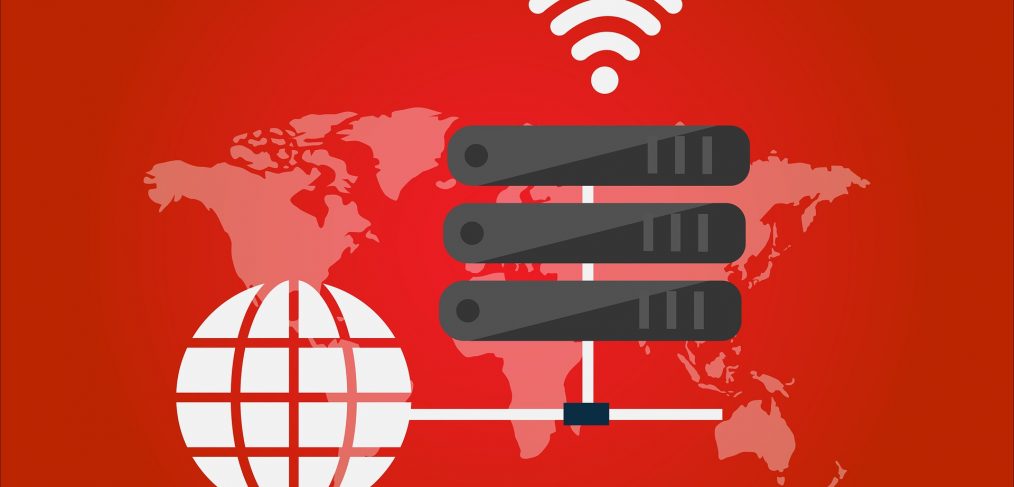There is no denying that the use of a rotating proxy is very much important if you are going to conduct a serious web scraping project. There are a number of benefits associated with adding proxies to your scraping software. In this blog post, you will reveal everything you need to know about doing this.
What is a proxy?
There are a lot of different types of proxies. In the introduction, we mentioned a rotating proxy, which essentially means a new IP is assigned to every new connection.

Nevertheless, no matter what sort of proxy you use, this is fundamentally going to act as an extra server between you and the website you are attempting to visit. When you use a proxy server to make an HTTP request to a website, you will pass through the proxy server first, rather than travelling straight to the site. The target site will have no idea that the request is being proxied. They will simply see a normal web request coming through.
Why should you use proxies for web scraping projects?
Now that you know what a proxy is, let’s take a look at some of the different benefits associated with using these on your web scraping project. Essentially, a proxy will hide the source machine’s IP address and this is going to enable you to get past any rate limits on the target website. The target website is going to see the request coming from the IP address of the proxy machine, and so it is not going to have any clue as to what the IP address of the original scraping machine is. Also, a lot of websites today will have software in place for detecting if there is an excessive number of requests coming from one IP address. This could result in your IP address being banned. Using a rotating proxy is the best way to get around this, as a new IP address will be assigned for each connection. This makes it look like the request is coming from a new IP each time.
What else are proxy servers used for?
Aside from web scraping, there are a number of different reasons why people use proxy web servers. Often, this will include trying to get around any content restrictions that are geo-IP based. For example, let’s say you’re on vacation somewhere in Europe and you wish to watch a US television program; you are not going to be able to do this if the show is only permitted in the United States. To get around this, you will need to make a request from a proxy server that is situated in the United States, as this will have a US IP address, which would enable you to get through the restriction because it will appear like the traffic is coming from the US, even though it isn’t.
Hopefully, you now have a better understanding of proxy servers and why it is a good idea to make the most of these when carrying out a web scraping project.